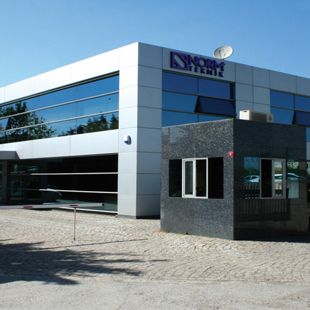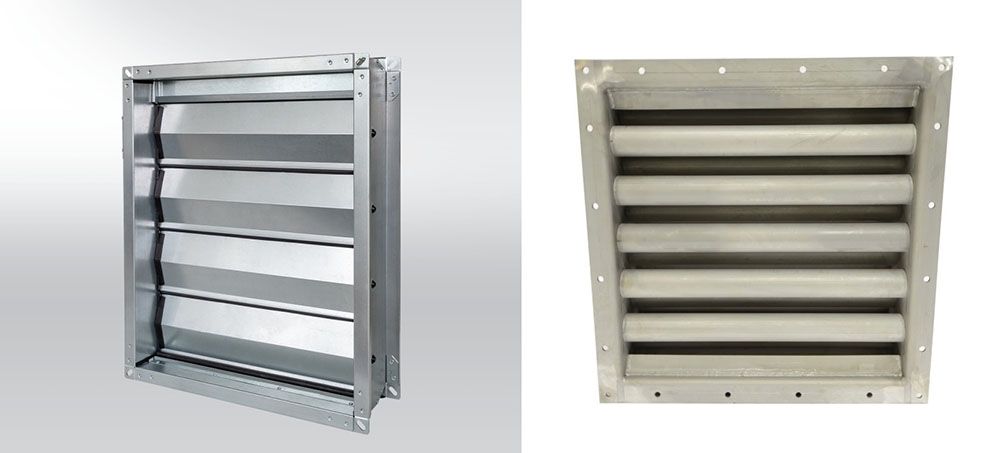When fire cannot be extinguished technically or due to the nature of the fire, or when using water or foam would cause more damage to the system, gas extinguishing systems are employed.
Clean agent fire suppression systems extinguish fires by either reducing the temperature of the environment or decreasing the oxygen concentration below the combustion threshold, depending on the type of extinguishing agent used.
Gas extinguishing systems are typically used for total flooding protection in enclosed spaces against fire hazards. They are commonly employed in the following areas:
Areas that require 24/7 operation: (Bank data centers, Radar monitoring areas, Uninterruptible power supply rooms, high-risk industrial rooms with critical processes and data, Air traffic control centers)
Areas where equipment damage is critical due to fire or water applications: (Telecommunication exchanges, Power generation control rooms, Server and network system rooms, Bank vaults)
Areas where irreplaceable valuables are stored: (Preservation areas for manuscripts, Historical artifact storage areas including manuscripts and Ottoman artifacts, High-security areas for valuables)
Areas where valuable documents of the past or present are preserved: (Religious relics, National Security Council records, Archives storing closed sessions and records determining national security and policies such as the Turkish Grand National Assembly, Cryptocurrency rooms, Valuable archive rooms)
Areas where flammable and combustible liquids and gases are present.
Please note that the translation may vary depending on the specific context and terminology used in the field of fire protection.



